3 Active missions.
Delivered hardware on 4 future missions.
Over 2,800,000,000 miles traveled.
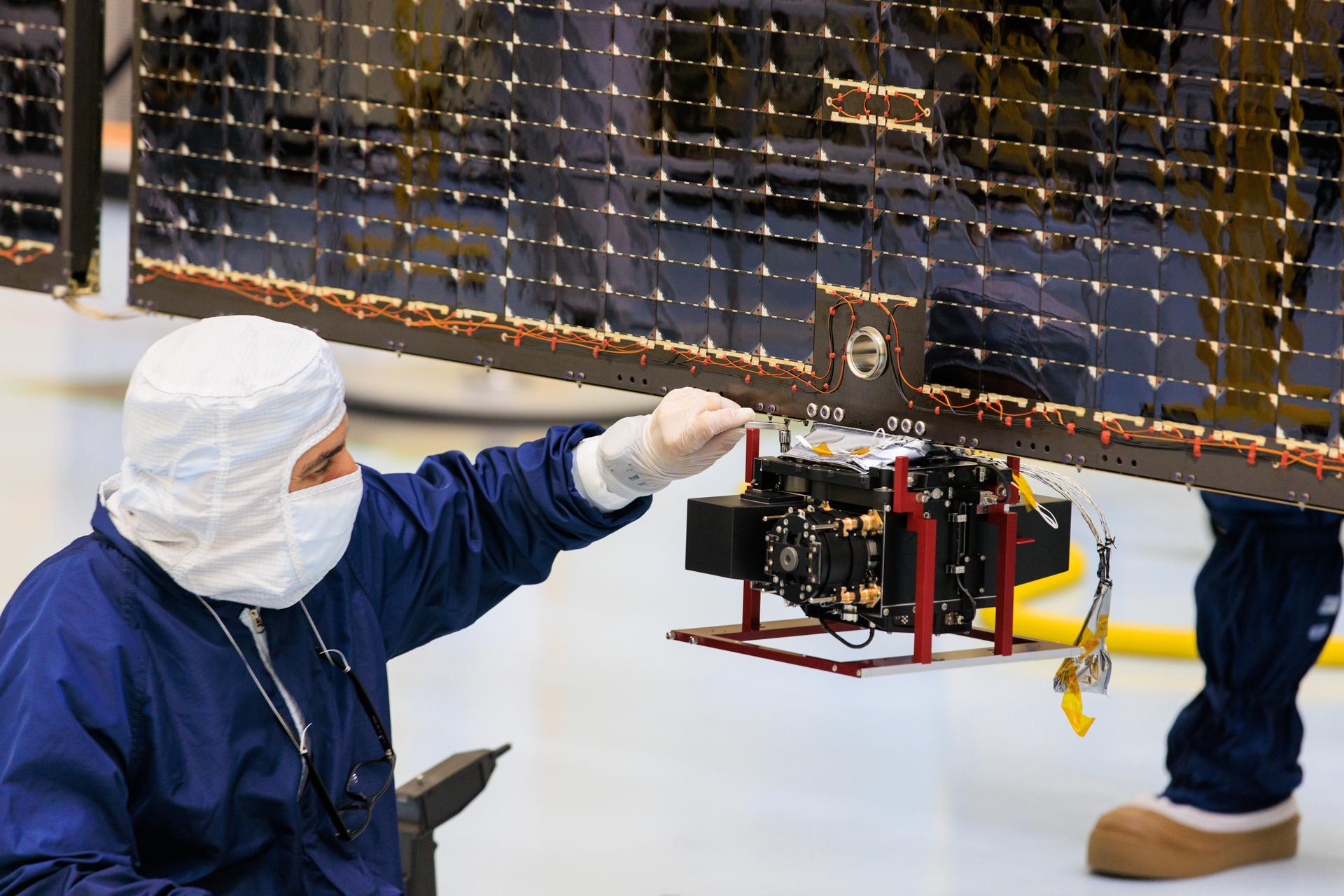
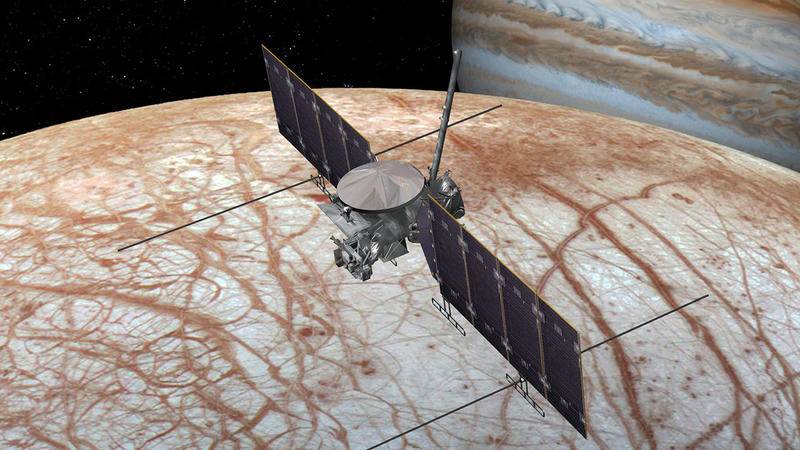
REASON (Radar for Europa Assessment and Sounding: Ocean to Near-surface)
Heliospace Delivers Radar Antennas for the Europa Clipper Mission.
Technicians installed antennas designed, built, and tested by Heliospace Corporation for the University of Texas-led REASON instrument (Radar for Europa Assessment and Sounding: Ocean to Near-surface) on Europa Clipper’s solar arrays, marking another milestone in the journey to investigate the mysteries of Jupiter’s icy moon Europa. The antennas provided by Heliospace rely on unique technology that enables them to be stowed in a very small volume prior to deployment, making them ideal for space missions traveling to the outer solar system where both small size and low weight are critical.
REASON is an ice-penetrating radar designed to peer deep beneath Europa’s icy shell, potentially reaching as deep as its suspected subsurface ocean. The instrument will use both High Frequency (HF) and Very High Frequency (VHF) radio waves to penetrate up to 18 miles deep to measure ice thickness and study internal structures including any water. The instrument, developed at JPL, is an important part of the mission to find out if the conditions are right for life on Europa.

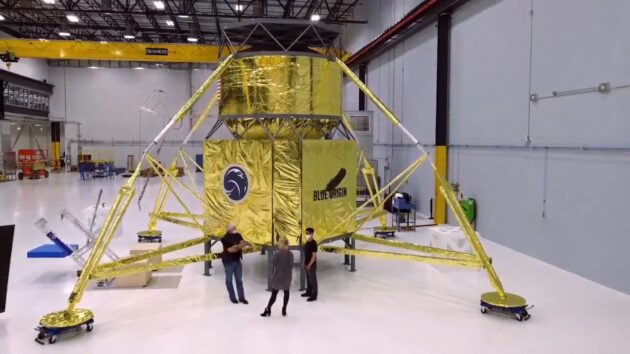
Blue Origin Mark I and Mark II
Heliospace is under contract with Honeybee Robotics to provide systems engineering, structural, and thermal analysis services for surface and cargo access systems as part of the Blue Origin Mark I and Mark II lunar landers. Heliospace will support the Honeybee Robotics team through Preliminary and Critical Design Reviews and beyond as the Mark I lander prepares for a launch sometime after 2025.
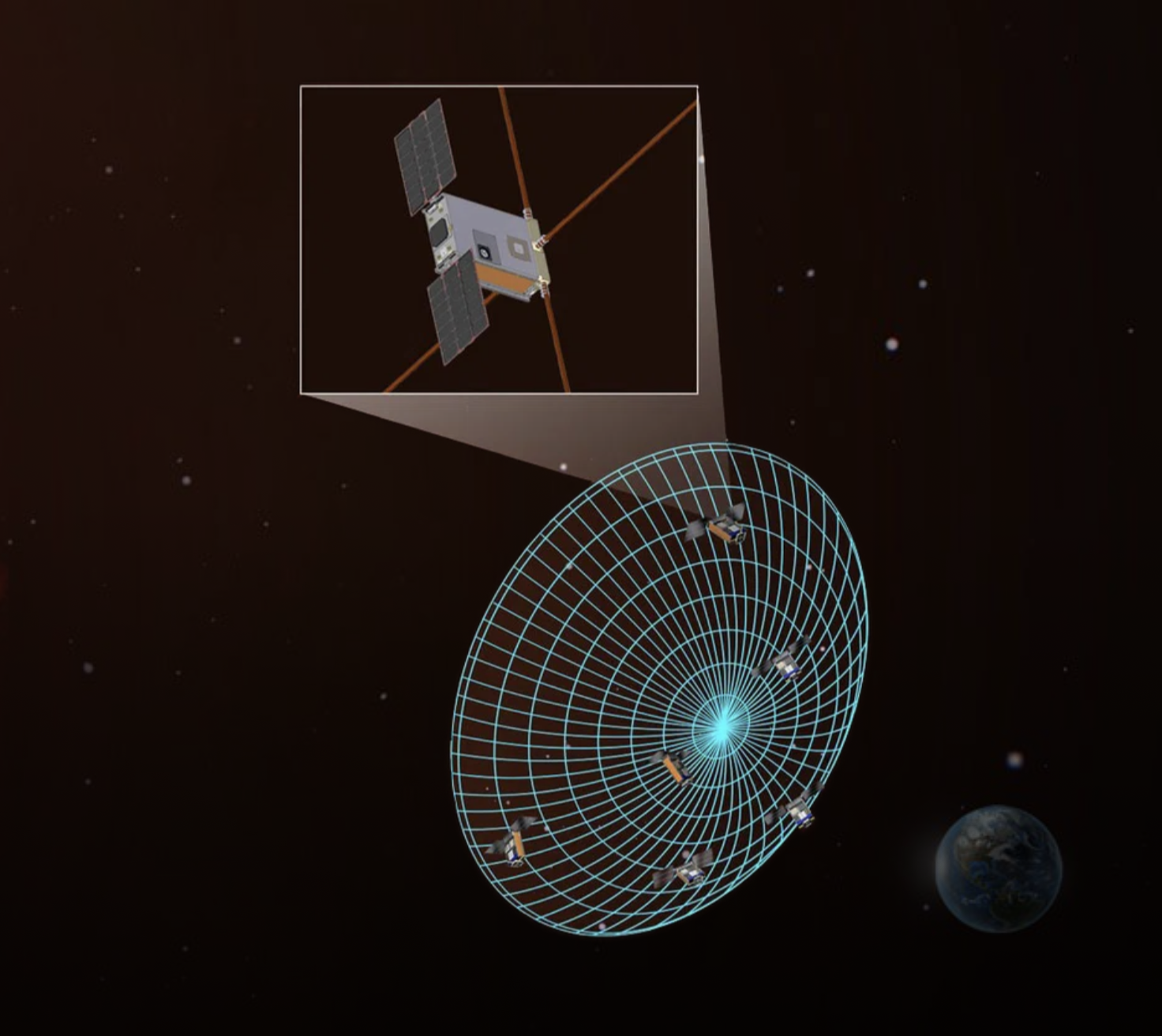
NASA SunRISE mission
The Heliospace Corporation was selected to design, fabricate, test and deliver the deployable antennas for the NASA SunRISE mission.
SunRISE consists of six CubeSats to form a distributed radio interferometer using antennas on each spacecraft, and is designed to study radio emissions that often precede major solar events. The antennas provided by Heliospace are highly compact when stowed, making them ideal for use on small spacecraft such as CubeSats. When deployed, they will provide each SunRISE CubeSat with a set of 2 dipole antennas over 5 meters in length. Heliospace completed development and testing of a set of prototype antennas, followed by delivery of 28 fully tested flight model antennas that have now been integrated onto the spacecraft.
SunRISE is a Mission of Opportunity under the Heliophysics Division of NASA’s Explorers Program Office. SunRISE is led by the University of Michigan in Ann Arbor and managed by NASA’s Jet Propulsion Laboratory in Southern California. SunRISE is being built by the Space Dynamics Laboratory at Utah State University and will be a hosted payload on a commercial spacecraft provided by Maxar of Westminster, Colorado, with a launch scheduled for mid-2025.
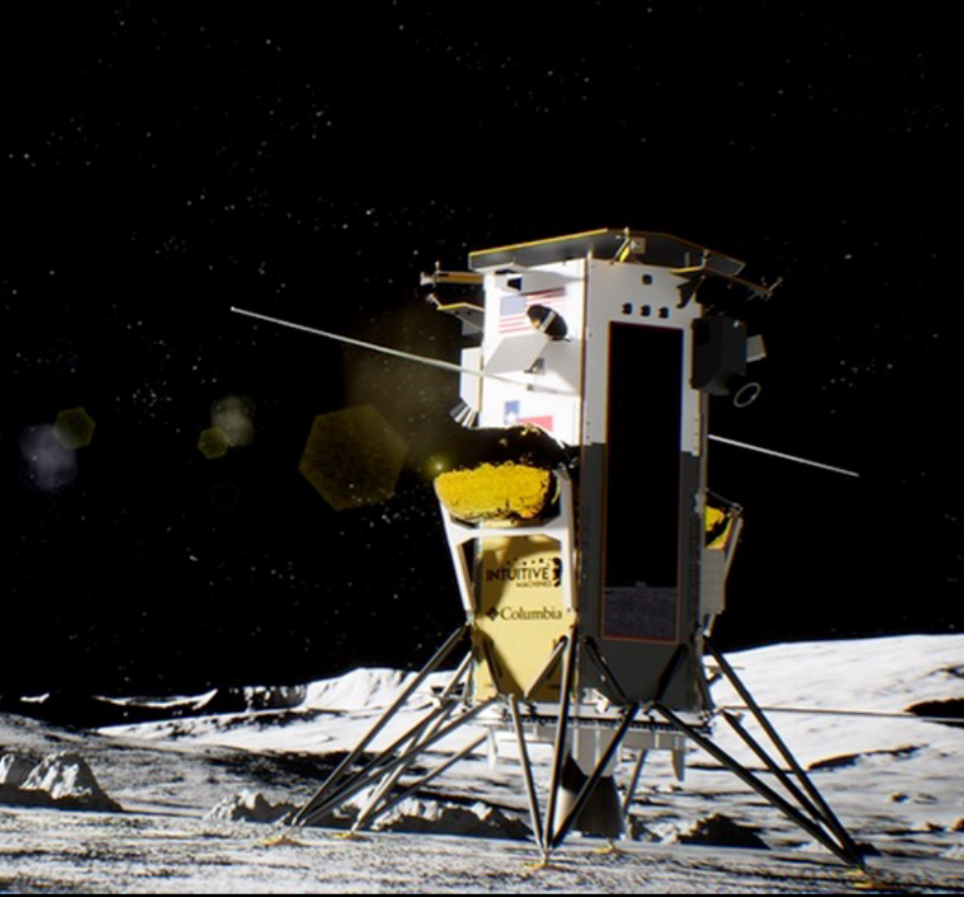
Heliospace Antennas Deploy on the Intuitive Machines IM-1 Lander
Congratulations to the team at Intuitive Machines for demonstrating that a commercial company can successfully land on the Moon. Onboard were four deployable antennas built by Heliospace for the NASA Radio Wave Observations at the Lunar Surface of the photoelectron Sheath (ROLSES) experiment. We had visual confirmation that at least one antenna deployed and data indicating that the rest did as well. While this mission was cut short, we applaud this enormously significant step and look forward to building antennas for another ROLSES experiment on a future mission.
The ROLSES experiment is managed by the NASA Goddard Space Flight Center, Principal Investigator N. Gopalswamy, and was flown on the Commercial Lunar Payload Services Program (CLPS).
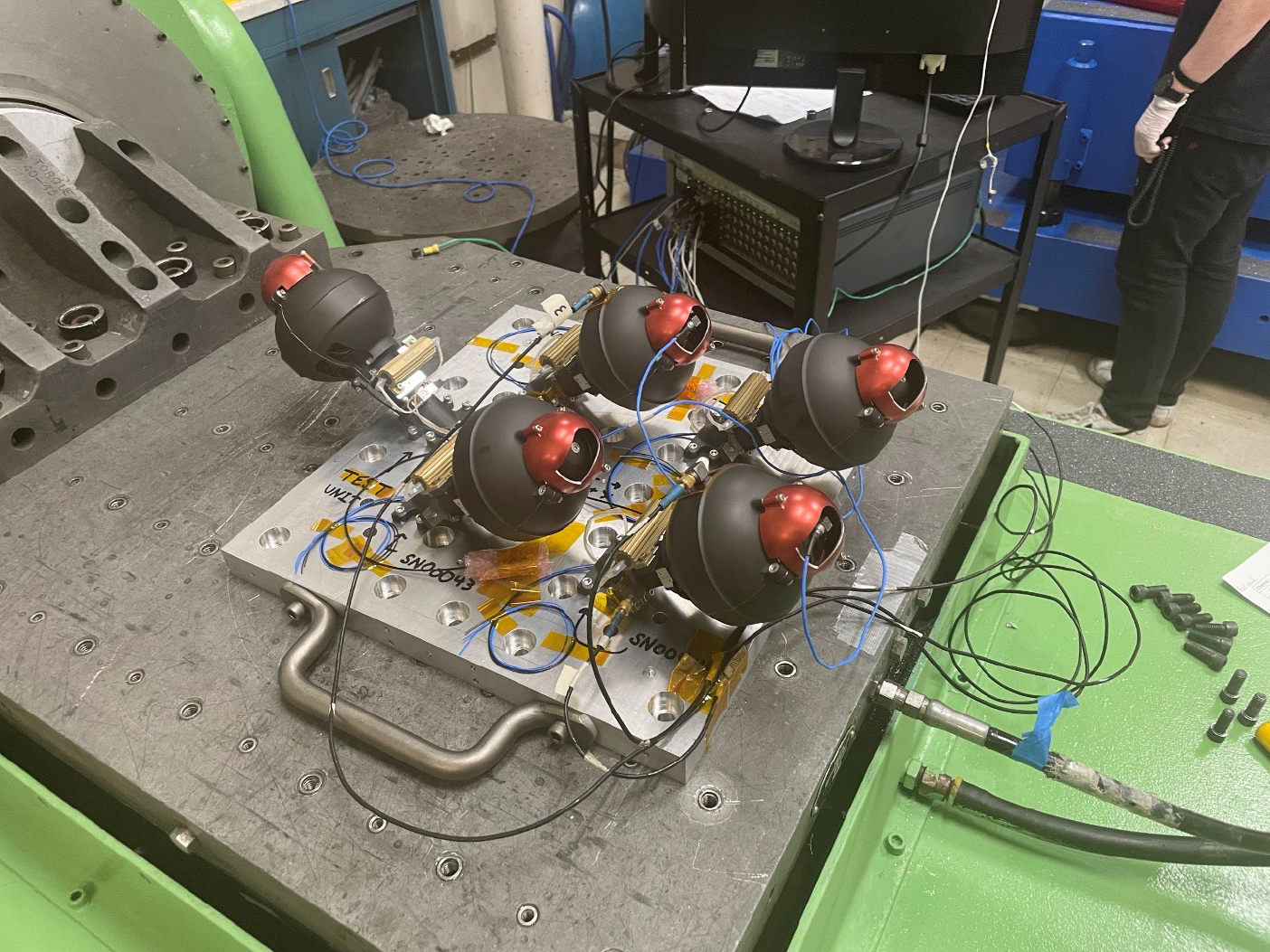
Heliospace Provides Instruments for two Lunar Lander Missions
Heliospace has been selected to provide an instrument and subsystems for the Lunar Magnetotelluric Sounder (LMS) and Lunar Interior Temperature and Materials Suite (LITMS), experiments designed to characterize the structure and composition of the Moon’s interior. Heliospace is designing, testing, and delivering electrometer sensors that deploy from the lunar lander to measure electric fields, and a deployable boom to support magnetic field measurements. The LMS and LITMS experiments are led by Dr. Robert Grimm of the Southwest Research Institute. Heliospace co-founder and CEO Dr. Greg Delory is a science Co-Investigator on each experiment, and will oversee the electrode system design. The LMS and LITMS experiments will be transported to and land on the Moon under NASA’s new Commercial Lunar Payload Services (CLPS) program. The LMS experiment is scheduled to launch toward the end of 2024 on the Blue Ghost Lander built by Firefly Aerospace. LITMS will launch in mid 2026 aboard a lunar lander provided by The Charles Stark Draper Laboratory, Inc (Draper).
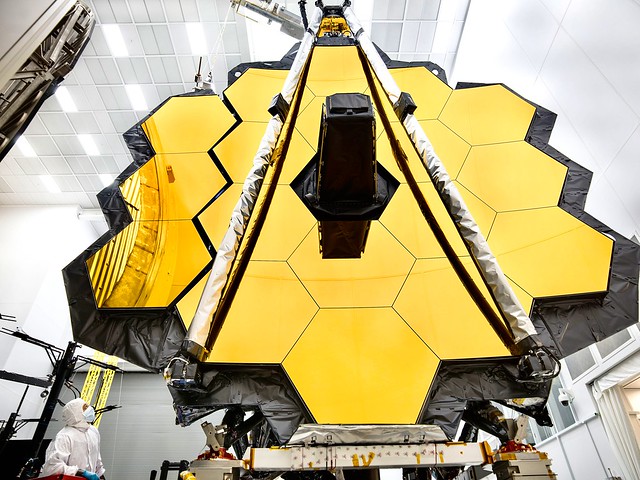
Heliospace Provides Systems Engineering, Integration and Test Support to NASA’s James Webb Space Telescope
Heliospace, under contract through ATA Aerospace LLC, provided systems engineering, analysis, integration & test support to the NASA James Webb Space Telescope (Webb) prior to its launch in December 2021. The Heliospace team brought critical and unique skills to the Webb program based on team experience with NASA’s Hubble Space Telescope and other space-based telescopes and observing platforms. Heliospace has continued to support Webb operations after launch under contract with Aerodyne Industries LLC. Webb is an international program led by NASA with its partners, ESA (European Space Agency) and the Canadian Space Agency.
Radio and Plasma Wave Antennas
February 13, 2020 – Heliospace reports the successful deployment of the Radio and Plasma Wave (RPW) antennas on the recently launched Solar Orbiter mission. These antennas were designed, assembled, tested, and delivered by Heliospace under contract from CNES, the French space agency. The deployments are shown in the video as the three long antennas that extend from the spacecraft. Our congratulations to the Solar Orbiter and RPW instrument teams, and to CNES/European Space Agency on the successful launch and initial operations for this mission.
